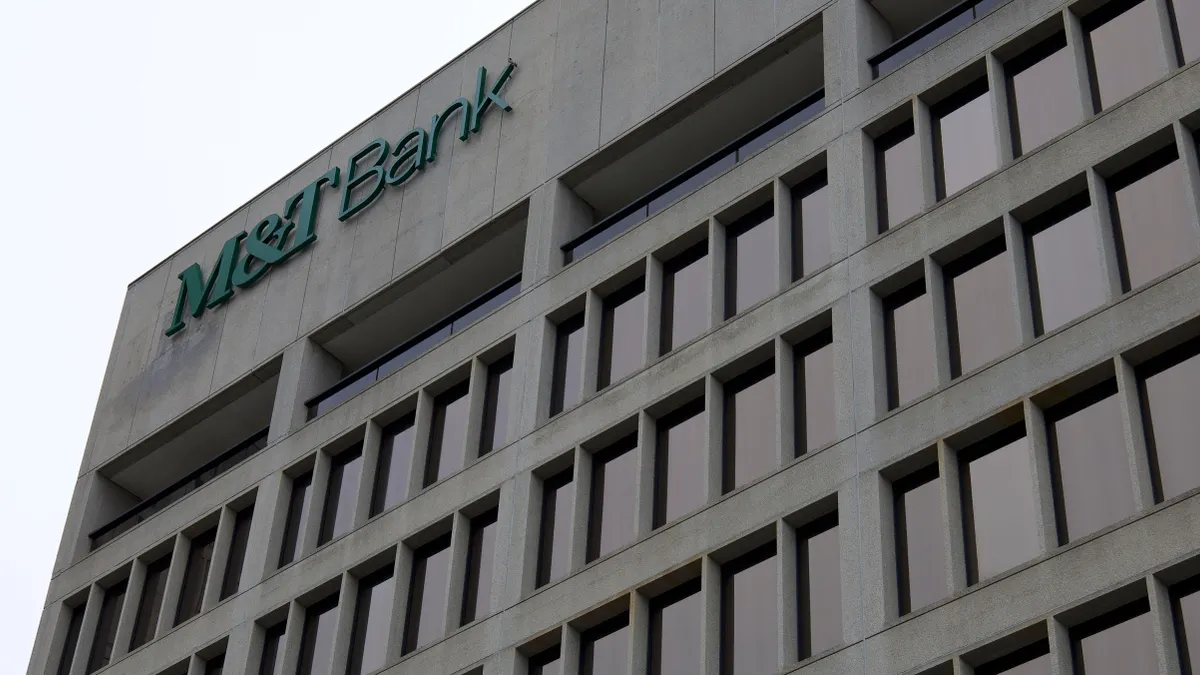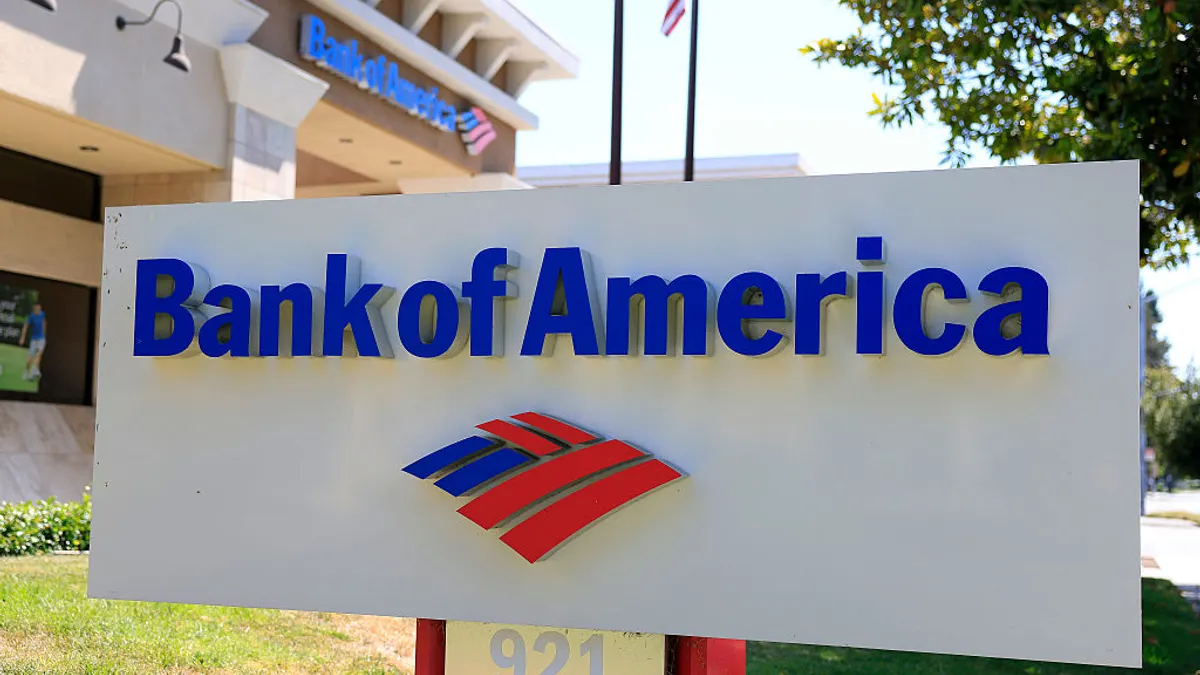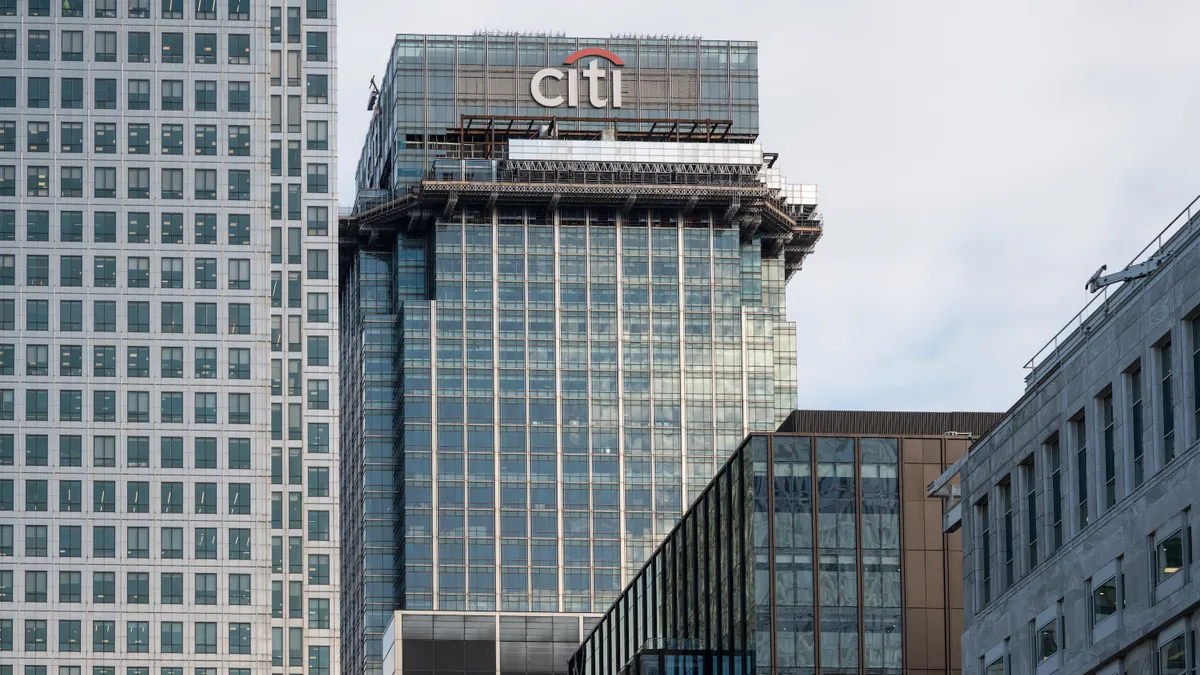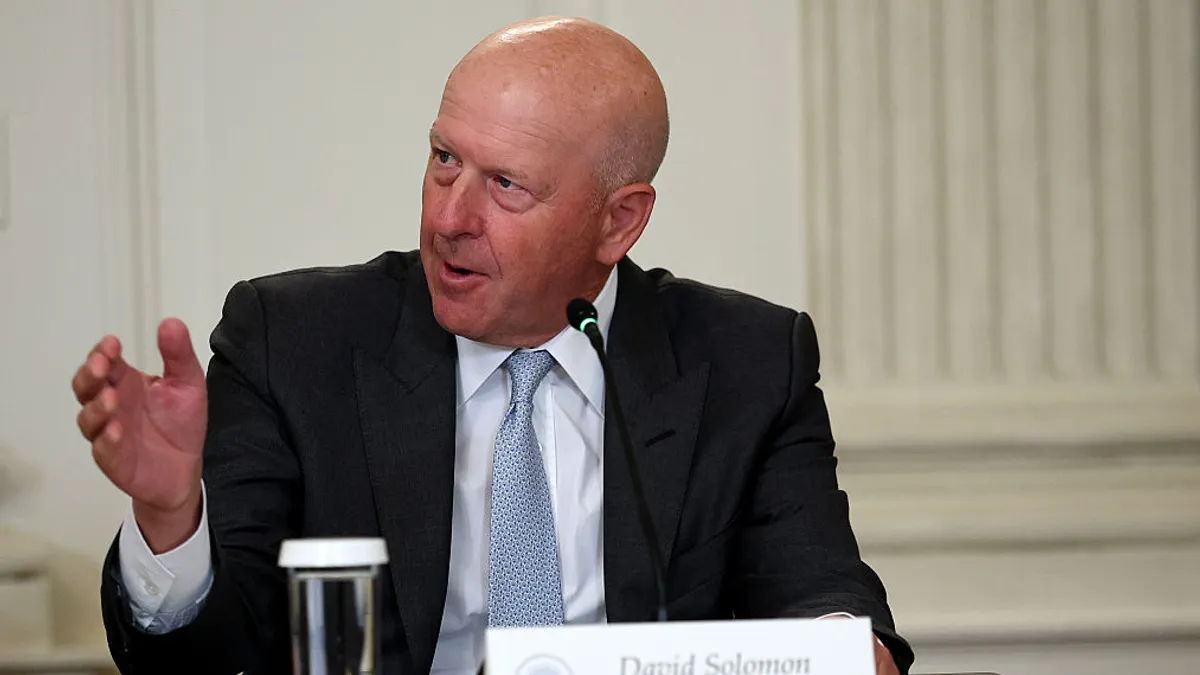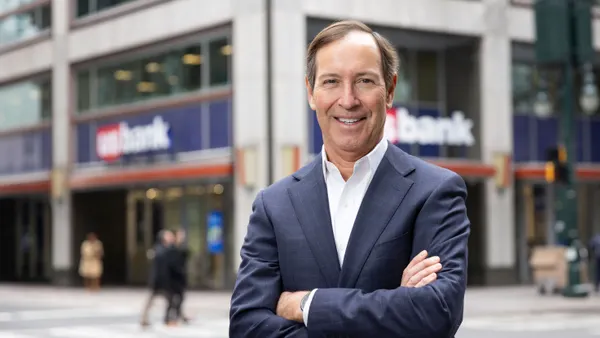After adding bankers to serve businesses in Dallas and Houston, U.S. Bank is now focused on further expansion across the Southeast, a business banking executive said.
Within the next six months, U.S. Bank plans to hire at least a dozen bankers in a couple of Southeast states where it doesn’t have branches, said Dee O’Dell, head of business banking sales at the Minneapolis-based lender. He didn’t elaborate, but that group includes Alabama, Florida, Georgia, Louisiana, Mississippi and South Carolina.
The super-regional bank has recently added teams of bankers in markets where it’s seeing greater growth opportunity, including a second team in Charlotte, North Carolina; a second in Las Vegas; and a fourth in Chicago, O’Dell said during a recent interview. In his unit, about 250 people have been hired into new roles this year.
In Houston, where the $695 billion-asset bank announced last week it added a business banking team, four people have been hired and the lender plans to bring on two more, he said.
In U.S. Bank’s business banking segment, which serves companies generating between $2.5 million to $50 million in annual revenue, about 1,200 employees across the country serve about 75,000 clients, O’Dell said.
The consumer and business banking segment makes up about 32% of the lender’s overall revenue, which was $21.3 billion year to date, as of Sept. 30.
U.S. Bank provides those commercial clients with different types of credit for their capital needs, including conventional financing, owner-occupied real estate loans and Small Business Administration loans.
Clients in that size range often “not only have their primary business, but they're looking for ways to diversify,” O’Dell said. “They not only want to own the building they're in, they may want to own some other buildings as well, and so we've got the ability to provide capital for them, not only for their core business, but for investment real estate.”
Bankers also seek to connect clients with other U.S. Bank services, such as credit cards, merchant processing, treasury management, foreign exchange and wealth management. Amid a highly competitive landscape, the lender has sharpened efforts to offer and deliver services to clients in a comprehensive way, O’Dell said.
“Our approach has been to integrate all that together so that there is value that comes from having all of that in one place,” he said.
To zero in on where businesses could gain the most benefit, the bank developed – along with a fintech O’Dell wouldn’t name – a proprietary diagnostic tool for companies. The questionnaire assesses business needs and money movement, diagnoses the level of efficiency in those functions and has a team review results with business clients.
“The idea is that instead of trying to sell any one of those products, we're approaching it in a much more consultative and holistic way,” O’Dell said. “It helps our clients see how they can be even more efficient, save time in their day, eliminate risk of fraud, other things like that.”
That diagnostic effort has bolstered the bank’s success rate in serving new clients since it was introduced nearly two years ago, O’Dell said.
“Sometimes our bankers will meet with a company that we don't bank with today. And if your question is, ‘Do you need any banking services?’ The answer might be, ‘No, no, everything's fine. It's all good,’” O’Dell said. “If we can get them to engage with us and have this conversation and fill out this basic template questionnaire, we can go back and provide insights. And often, it opens up a conversation where companies don't even realize the things that they are doing or not doing that could lead to so much greater efficiency.”
Another newer internal tool aggregates data to give bankers a view of companies or prospects within the markets they serve, allowing them to sort by sales size, industry type or ownership of property, so they can better target clients based on potential needs, O’Dell said.
SBA loans may be a prime option for some of those businesses and that’s an area of lending U.S. Bank seeks to grow further, since it can serve as a company’s entry point into the bank.
U.S. Bank has doubled its SBA lending in the past two years, O’Dell said. In fiscal 2025, the bank totaled $871.2 million in SBA 7(a) loans, up 23% from the previous fiscal year, it said last month.
“We've been able to use that program to help a number of companies, individuals get capital they wouldn't otherwise be able to get, and because of the way that we approach that, and our client selection in that, the loss ratio that we've had in that space has been very attractive to our shareholders,” O’Dell said.
SBA lending can be ideal in some succession situations, O’Dell noted. The segment of businesses O’Dell oversees has a significant number of owners nearing the end of their careers, so the bank also aims to jump on the chance to be involved in those moments.
In cases where a business owner doesn’t have a child who wants to take over, they may look to sell to a similar company or private equity firm. Or if there’s someone in the company who’s interested in acquiring it but doesn’t have the capital, the bank can use an SBA loan to help with that pursuit.
“We see great opportunities to help the next generation of business owners acquire business and a current generation who are at the end of their careers, exit, monetize what they've invested in, and have this sense that their legacy will continue,” O’Dell said.









